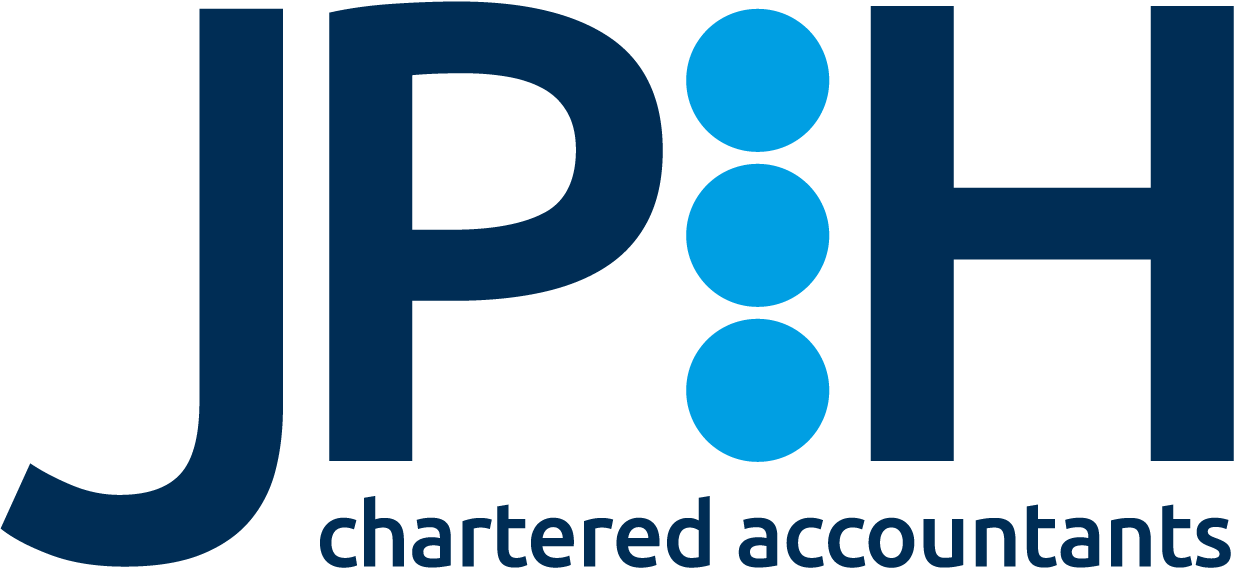Offering benefits to your employees is a sure-fire way to motivate them to do their best work. They can also attract new staff members and help retain your best ones.
But before you decide to offer your team a range of extra perks, it’s important to understand how they’ll be taxed.
You may find that the company car you gave Sheila may not be the most tax-efficient benefit you provide. Or perhaps those gym memberships are more of a pain than a gain.
So, how are employee benefits taxed, you may ask? This article will explain.
Types of staff benefits
Benefits-in-kind (BIKs) are taxable perks you can offer your team during their time at your business. Some of these include, but are not limited to:
- company cars
- work phones
- gym memberships
- health insurance
- meals at work (sometimes)
- some travel/accommodation costs.
Some of these benefits are taxable, except for meals in your workplace canteen. Smaller perks, known as trivial benefits, are usually tax-free but only if they meet the following criteria:
- it costs you £50 or less to provide
- it isn’t cash or a cash voucher
- it isn’t a reward for their work or performance
- it isn’t in the terms of their contract.
The only time trivial benefits fall within the scope of tax is if they’re provided as a salary sacrifice arrangement. If this is the case, you must include it on your P11D form (but more on that later).
So, how are benefits taxed?
Benefits come in many different forms — from cash to cars — so the tax rules associated with these benefits will change depending on what you offer.
If you provide cash bonuses, these will be treated as your employee’s salary, meaning you’ll pay employer’s National Insurance contributions (NICs). The employee receiving the cash bonus will also have to pay NICs and income tax. As of April 2023, the rate of your NICs is 13.8% of the benefits’ determined value.
Certain BIKs are also subject to NICs and income tax, which are usually deducted through your PAYE system. Before the start of the tax year, you have to register with HMRC if you want to put benefits through your payroll.
From there, you’ll add the value of each benefit to the employee’s salary, which HMRC will tax at source. If you go down this route, you won’t have to fill out a P11D form, but you will have to fill out a P11D(b).
Hang on, what’s a P11D form?
You’re probably wondering what a P11D is. As we’ve mentioned this a couple of times, it would be remiss of us not to explain what a P11D form is.
A P11D is your way of reporting your staff benefits to HMRC. If you don’t use the payrolling method, you’ll have to submit a P11D for each employee you provide taxable benefits for. You can do this either online or through your payroll software.
You must record and report all BIKs to HMRC; all P11D forms must be submitted by 6 July following the end of your tax year.
Finally, as we’ve already mentioned, if you process benefits through payroll, you won’t need to submit a P11D form at the end of your tax year. You will, however, need to fill out and file a P11D(b) form with HMRC detailing your Class 1 A NICs from the benefits you provide.
Get ahead of your benefits
Providing employee benefits is a great way to motivate, recruit and retain staff. But, sadly, they don’t always come tax-free.
As HMRC’s rules can be confusing, it pays to have an expert with a wealth of experience in workplace taxes.
If you need help calculating your employer NICs or reporting your employee benefits to HMRC, we’re always happy to help.
Get in touch with a member of our team.


